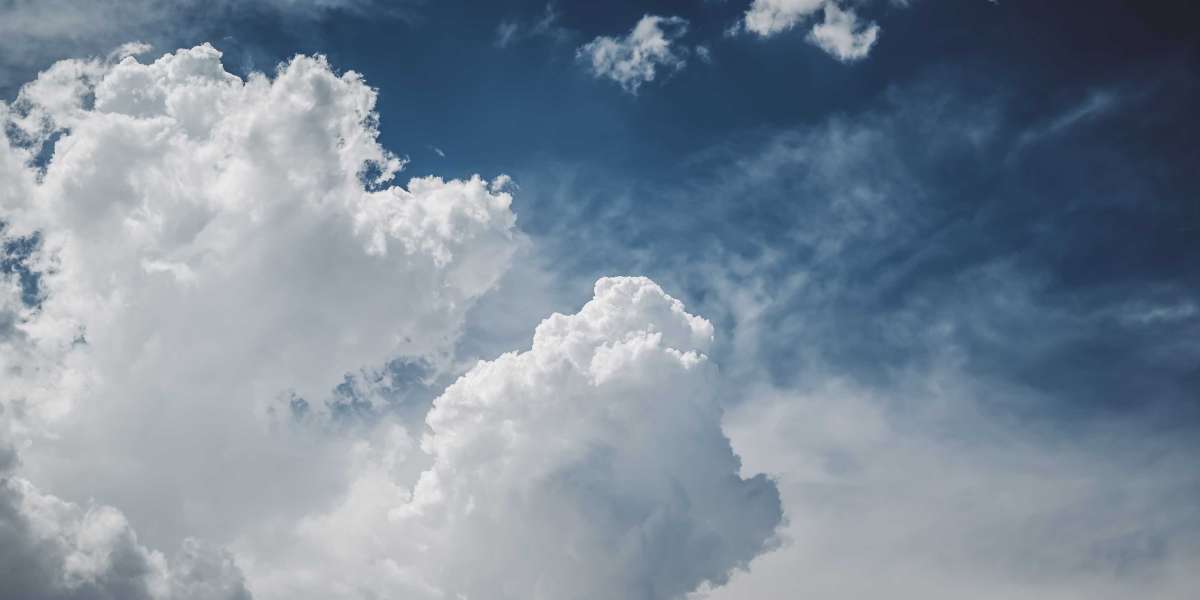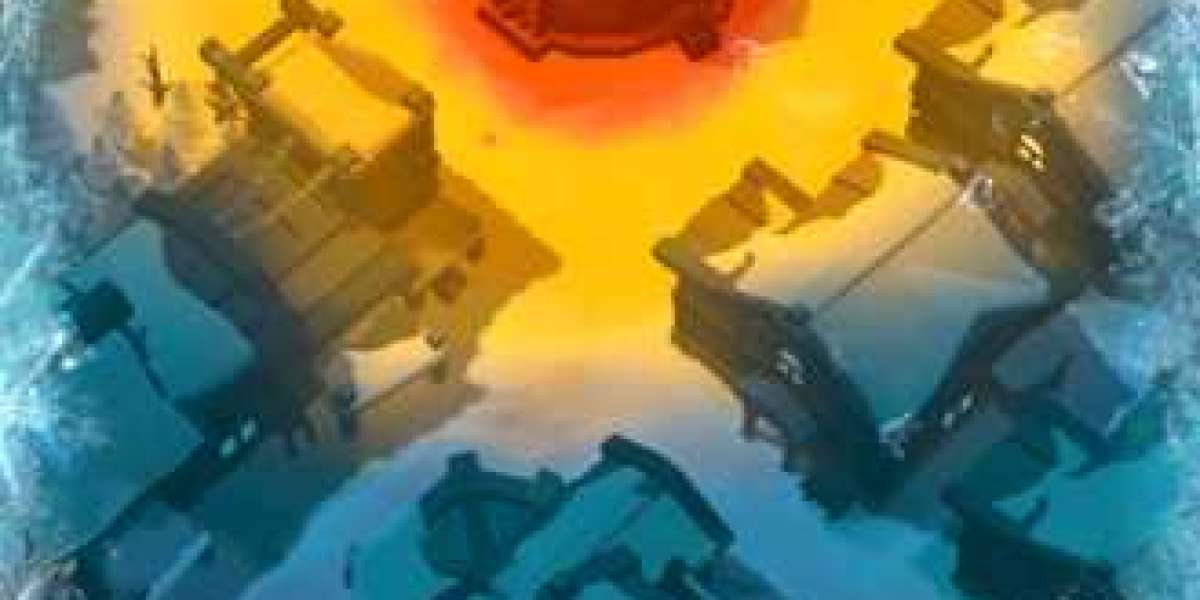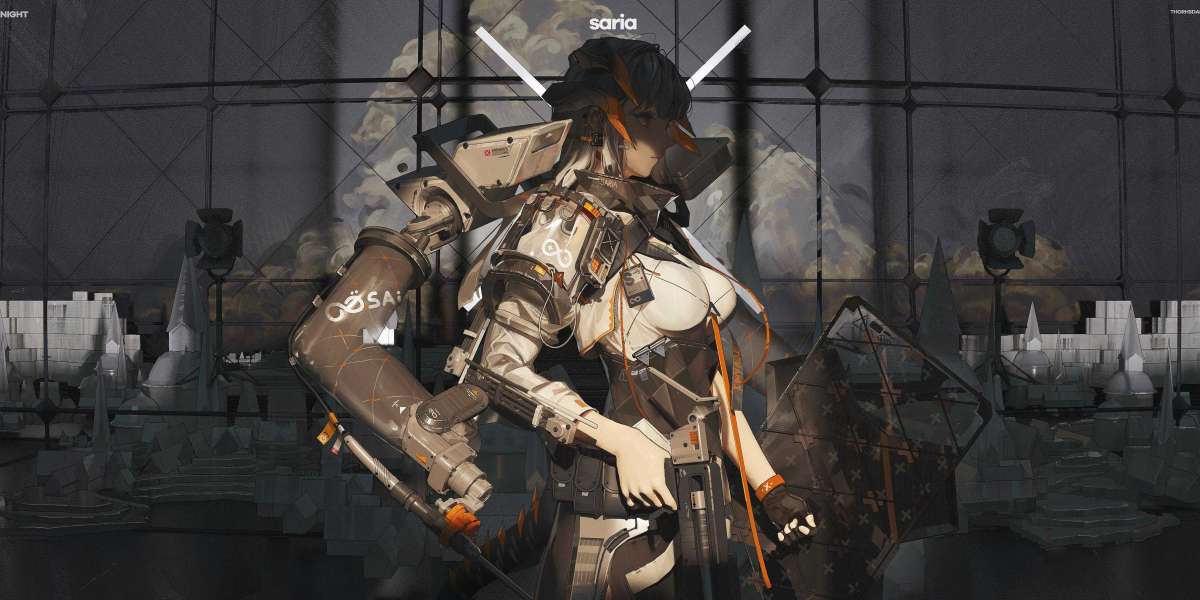In September 1989, the world witnessed an epochal event that forever altered the course of history - the collapse of the Berlin Wall. Standing as a symbol of division and oppression since its construction in 1961, this concrete barrier separated the city of Berlin, tearing families apart and fueling geopolitical tensions during the height of the Cold War. This monumental event would come to represent not only the end of the division between East and West Germany but also a significant turning point in the global political landscape.
As the crisp autumn air settled over Berlin on the evening of November 9th, 1989, a sense of anticipation and uncertainty filled the hearts of its citizens. Rumors had been circulating that the German Democratic Republic (GDR) government would loosen travel restrictions, allowing its citizens to freely cross the formidable barriers that had divided the city for nearly three decades.
Millions of East and West Germans had rallied for months prior, demanding political reform and an end to the oppressive regime. Protests and demonstrations had escalated throughout the year, such as the iconic Monday Demonstrations that brought thousands onto the streets of Leipzig in peaceful defiance. The pressure became increasingly unbearable for the GDR leadership, and they found themselves confronted with an imminent choice: cling to power through violence or relent to the rising tide of change.
As the evening wore on, a press conference held by GDR spokesman Günter Schabowski set the course for an evening that would change history. In a seemingly unaware moment, Schabowski announced that, effective immediately, travel restrictions would be lifted. The announcement was met with utter astonishment by the attending journalists, who immediately relayed the information to the world.
Within hours, masses of people descended upon the heavily fortified checkpoints that dotted the Berlin Wall. East Berliners, armed with hope and anticipation, looked anxiously as the stern-faced border guards hesitated under the weight of an unprecedented moment. Then, as if by some collective cosmic understanding, the guards yielded, giving way to an unstoppable wave of human joy and reunification.
Chaos, jubilation, and an overwhelming sense of unity ensued as East Berliners strode hand-in-hand with their Western counterparts across the former no-man's-land. Families, long separated, were finally reunited, tearfully embracing one another in a profound celebration of the indomitable human spirit. East German Trabant cars, synonymous with the division, stood in stark contrast to the jubilant crowds that climbed atop the wall, dancing and singing songs of freedom.
The fall of the Berlin Wall was a watershed moment that not only brought Germany together but also marked a symbolic end to the Cold War era. It paved the way for the subsequent reunification of East and West Germany less than a year later, on October 3rd, 1990, and left an indelible mark on the collective consciousness of people around the world. The crumbling concrete and barbed wire were tangible evidence of the power of unity and the triumph of the human spirit over the walls that seek to divide us.








